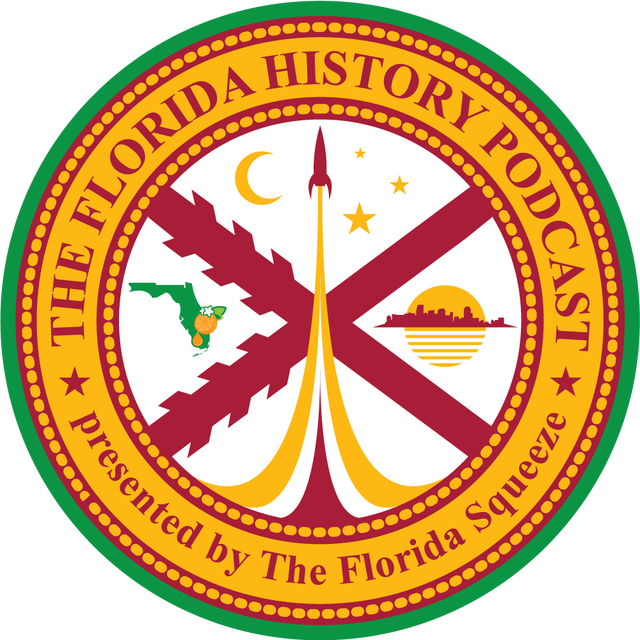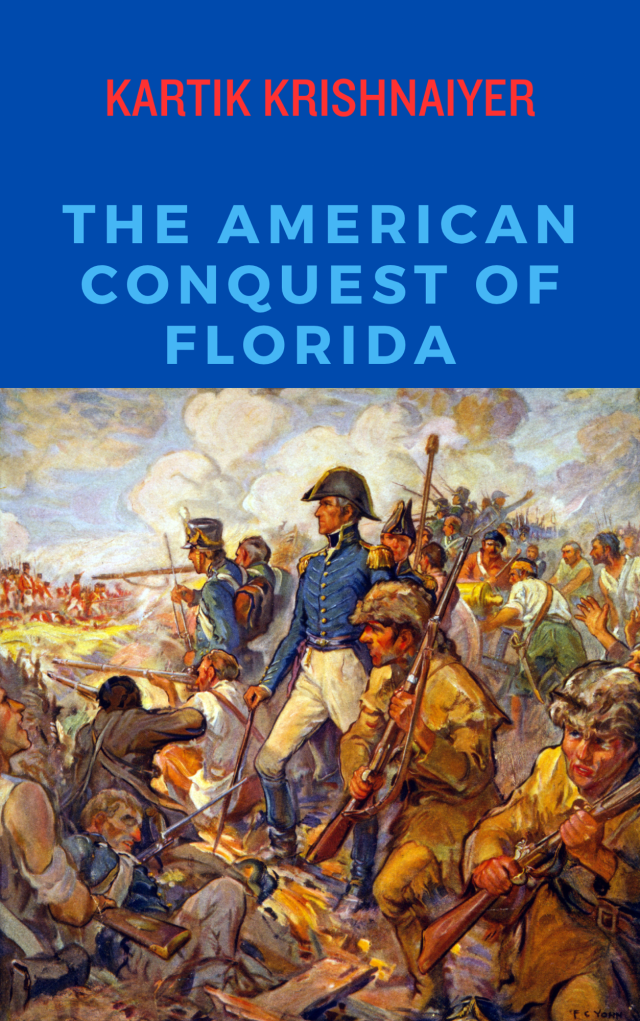 Five of Florida’s six men’s pro soccer clubs were impacted directly by the ongoing United States Soccer Federation (USSF) sanctioning saga at the lower division level the past three months. In the end the North American Soccer League (NASL) the long-standing USSF-sanctioned Division 2 has lost full sanctioning and now is a provisionally sanctioned D2, while the United Soccer League (USL) which has competed at the Division 3 level the last six years is now also a provisional Division 2. NASL was originally based in Miami but moved to New York in 2014. The sanctioning saga which began in late October led to the type of back-biting and predatory behavior that ultimately is not beneficial for the sport in a country where it is growing but still nowhere near reaching critical mass.
Five of Florida’s six men’s pro soccer clubs were impacted directly by the ongoing United States Soccer Federation (USSF) sanctioning saga at the lower division level the past three months. In the end the North American Soccer League (NASL) the long-standing USSF-sanctioned Division 2 has lost full sanctioning and now is a provisionally sanctioned D2, while the United Soccer League (USL) which has competed at the Division 3 level the last six years is now also a provisional Division 2. NASL was originally based in Miami but moved to New York in 2014. The sanctioning saga which began in late October led to the type of back-biting and predatory behavior that ultimately is not beneficial for the sport in a country where it is growing but still nowhere near reaching critical mass.
NASL has three Florida clubs, the Fort Lauderdale Strikers, Jacksonville Armada FC and Miami FC. The former two have had financial problems in recent months while the later has been in existence only about 18 months. USL currently has two Florida clubs, the Tampa Bay Rowdies and Orlando City SC B. The Rowdies defected from NASL this past fall with owner Bill Edwards as recently as Thursday referring to the New York-based league as “corrupt.”
USSF’s decision essentially kicks the can down the road for nine months when one league or the other is likely to be designated as the sole D2 for the United States. USSF is being criticized for making the decision they could have on the surface two months ago – however my sources confirm that ownership questions related to New York, Fort Lauderdale and Jacksonville – three NASL clubs prevented USSF from making this decision earlier. The Federation’s delay was designed to give NASL every opportunity to pull away from a potential collapse and to live to fight another day. Had USL been more willing to accept NASL clubs with reduced fees or willing to conform to some sort of hybrid league, the USSF would have made a decision sooner and perhaps killed NASL off as a D2 league.
An option to sanction one or both leagues as “affiliated pro leagues” without divisional designations briefly was considered per multiple sources but didn’t come to pass.
Where does this leave each of Florida’s current USL or NASL clubs? What about both leagues?
Here is a primer:
Orlando City B
With an announced move to the new downtown stadium in Orlando, the Lions reserve team made a proactive move to ensure this team unlike many other USL-based, MLS-reserve clubs meets D2 stadium standards. The “baby Lions” were the only postseason participant among Florida’s pro teams in 2016 and will look to build on that experience.
Tampa Bay Rowdies
The Rowdies controversial move from NASL to USL helped stimulate this crisis. Rowdies owner Bill Edwards is a controversial figure, but he has grown into the soccer business over the three years he has owned the club. Edwards has been able to turn the Rowdies who were weeks away from folding when he bought the club into one of the success stories in lower-division soccer. But his personality which grates on people and his take-no-prisoners attitude grated on many in NASL, a league who benefited directly from his loaning of money to the Fort Lauderdale Strikers over the course of 2016*.
Edwards launched #MLS2StPete in December, and as a club with a robust supporters base in the biggest exclusive D2 soccer market in the US with a downtown stadium, the club couldn’t be healthier. USL being granted provisional D2 status simply justifies Edwards’ move between the leagues. Ultimately few if any other clubs in American lower division soccer have the combination of the right market, right locale, fan base, willing owner and positive vibe that the Rowdies do currently. The Rowdies hyper-local marketing didn’t jive with the culture of NASL driven by the likes of the New York Cosmos, Fort Lauderdale Strikers and Miami FC to be a global player. But in lower-division soccer local trumps national and international and the Rowdies future appears brighter than ever.
Fort Lauderdale Strikers
The Strikers are currently undergoing a sale and are per published reports unlikely to compete in Spring of 2017 at the NASL level. My understanding is that the club could compete in another division with a U-23 or reserve side while retooling/rebooting for the future. Fort Lauderdale had a tumultuous 2017 season despite the near-heroic efforts of Coach Caio Zanardi and his players. the Strikers, one of NASL’s most successful clubs on-the-field since the league began independent play in 2011, has been unable to match on-the-pitch achievements off the field in terms of club sponsorships, merchandise sales, or support. The Strikers were last in attendance in 2016, after leading NASL in attendance among non-MLS bound sides just five years earlier in 2011.
With new owners likely to close a deal next week for the club, a full assessment will need to be done of the local marketplace. The Strikers efforts to be a global brand yielded some success in far-flung locales such as China and Brazil but didn’t do enough to move the needle locally where it really mattered.
Jacksonville Armada FC
The Armada had a similarly tumultuous season to Fort Lauderdale which saw player, coach and staff departures during the season followed up by rumors about finances during the offseason. Jacksonville remains a very viable D2 soccer market but it’s limited in its ability to attract fans from outside a smallish-catchment area because of the presence of MLS in Orlando. Reports state NASL will operate the club while a sale to new owners is complete. The team is likely to play in 2017 according to sources at either the University of North Florida or Jacksonville University after having spent the last two seasons at the Baseball Grounds downtown.
Whomever buys the Armada will inherit a good market and a decent-sized fan base. They also inherit facility and venue issues and a need to grow both ticket and sponsorship revenue to the point where the club could be a sustainable long-term business.
Miami FC
The club which played its first season in 2016, were reportedly the biggest spenders outside of MLS in US club soccer last year. Southeast Florida is a tough sports market and even more difficult one for the American club game. In most large markets be it MLS ones or lower division once the cool/hipness factor of a new club that spends lots of money wears off problems ensue. Miami FC has made a lot of right moves but NASL as a whole has to pull back from its unrealistic ambition of challenging MLS for the foreseeable future, and how that will impact a club that marketed itself as a global brand and beamed live feeds of its matches to 140 countries is anyone’s guess. Also the overall historic weakness of the local market is a problem for this club.
I don’t have great long-term hopes for this club but perhaps this model and not the Rowdies hyper-local one is better? Miami FC has hired lots of capable folks in its front office, but even that might not be enough over the long haul.
USL
Tampa-based USL is a league whose management operates a company that sells franchises to individual owners in markets across the US and Canada. I will state here my personal preference is against this sort of model and way of doing business. I prefer open leagues and owner-driven decision making, not independent businesses selling franchises to local operators. However, USL is much healthier than NASL at the current time, and provides the level of club services and support to its clubs that NASL isn’t even close to matching.
USL demonstrated its club services and discipline with every team sending out similar press releases and graphics packages on Twitter after the USSF decision was announced. NASL, by contrast had clubs bumbling and stumbling around and the league itself sent out a short release long after most USL clubs and the league had made contact with the media.
Right now USL looks an attractive proposition for those owners who will want to mitigate the high costs of doing business in lower division soccer, an industry that has proven through the years to be a loss-leader. However, NASL per my sources has already become more aggressive in seeking expansion teams by undercutting the entry costs to join.
NASL
The cost structure of NASL is out-of-whack for a lower division league. A high-rent New York headquarters which was ostensibly acquired to secure big sponsorships which never materialized is a strong symbol of the wasteful and largely purposeless spending that drove the league to the brink of extinction in the past few months. NASL’s spending on staff and an elaborate headquarters doesn’t prevent USL from doing more for its member clubs at the league level than NASL. This is both a curse and a blessing because NASL does allow its clubs the type of autonomy which owners prefer but when clubs run into trouble, the league has time and again appeared helpless to ensure smooth operations and timely pay for players, coaches, staff and vendors. A few more problems of this nature next season and it could be all-she-wrote for the league. Additionally, NASL needs to reassess its scheduling, travel, club spending on players/technical staff, TV/streaming video options and long-term vision and goals if they are to continue as a D2 league beyond 2017.
Ultimately my view is it would be good for a hybrid D2 league with NASL’s ideological principles but USL’s business savvy and understanding of the soccer business to prosper. I believe that is what the US Soccer Federation wants as well but unless both leagues are willing to be more mature about things as I articulated on Twitter Saturday morning, we might be in the same place again nine months from now.
*At the time of the Edwards loans and legal action I was serving as the official media contract for the Fort Lauderdale Strikers. Therefore, I am bound to only discuss this loan in terms of what others have posted/written publicly. I cannot analyze the legal action or the loans publicly.
Disclaimer: Kartik Krishnaiyer worked for the NASL from December 2009 to May 2013 and has served in various advisory capacities to the Fort Lauderdale Strikers over the past six years.






